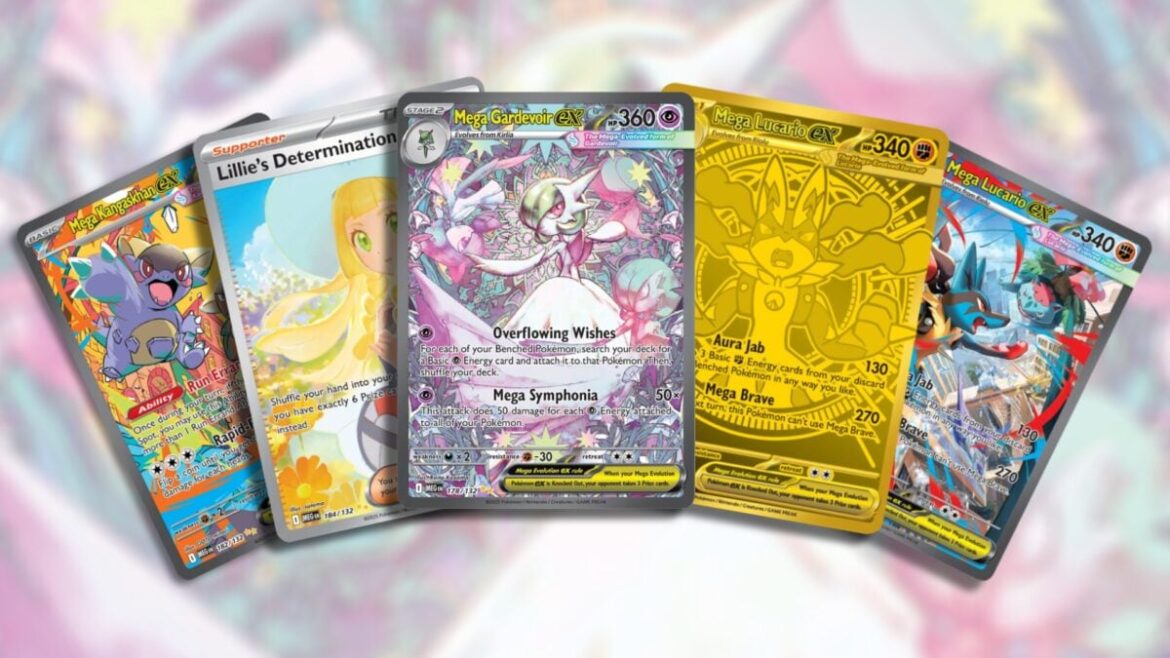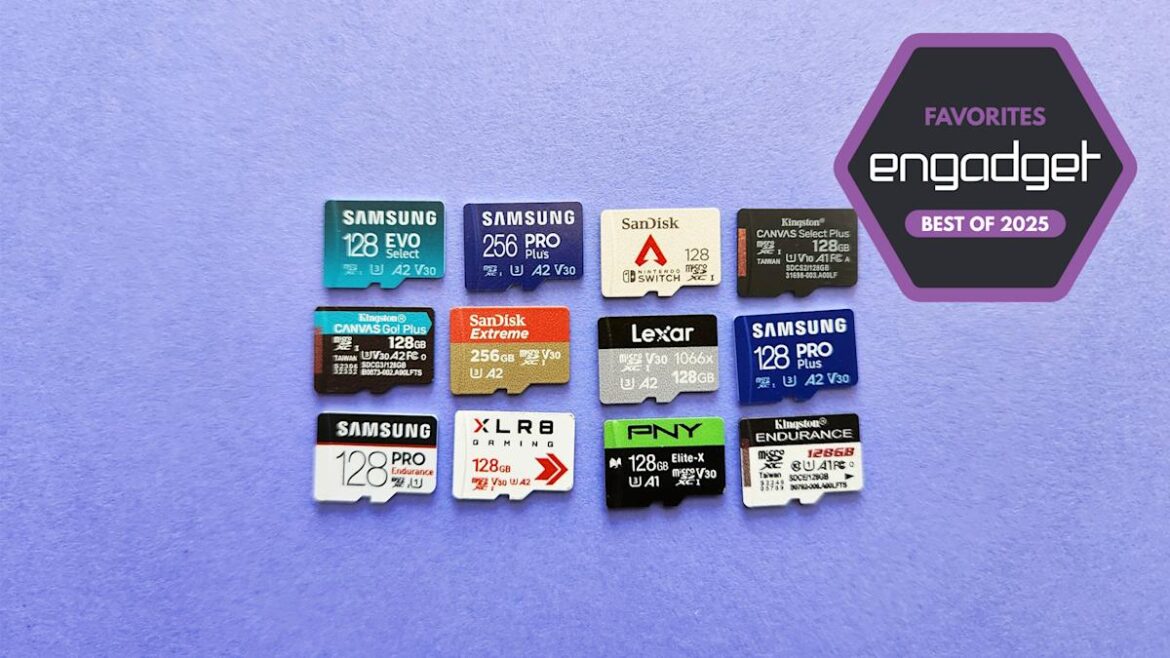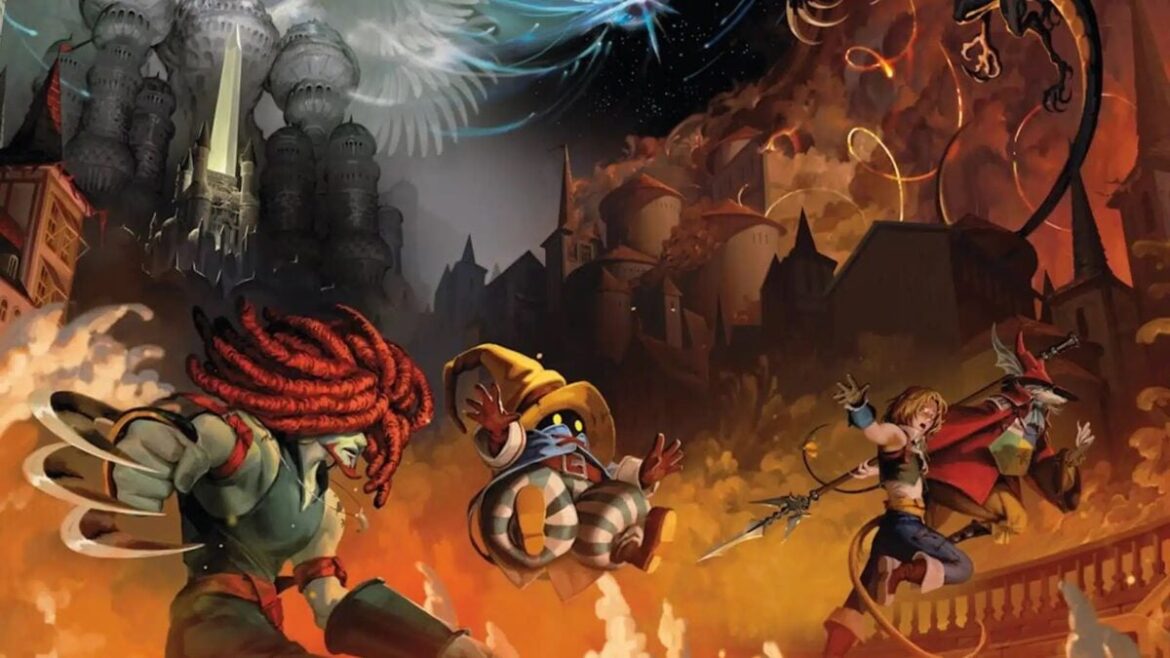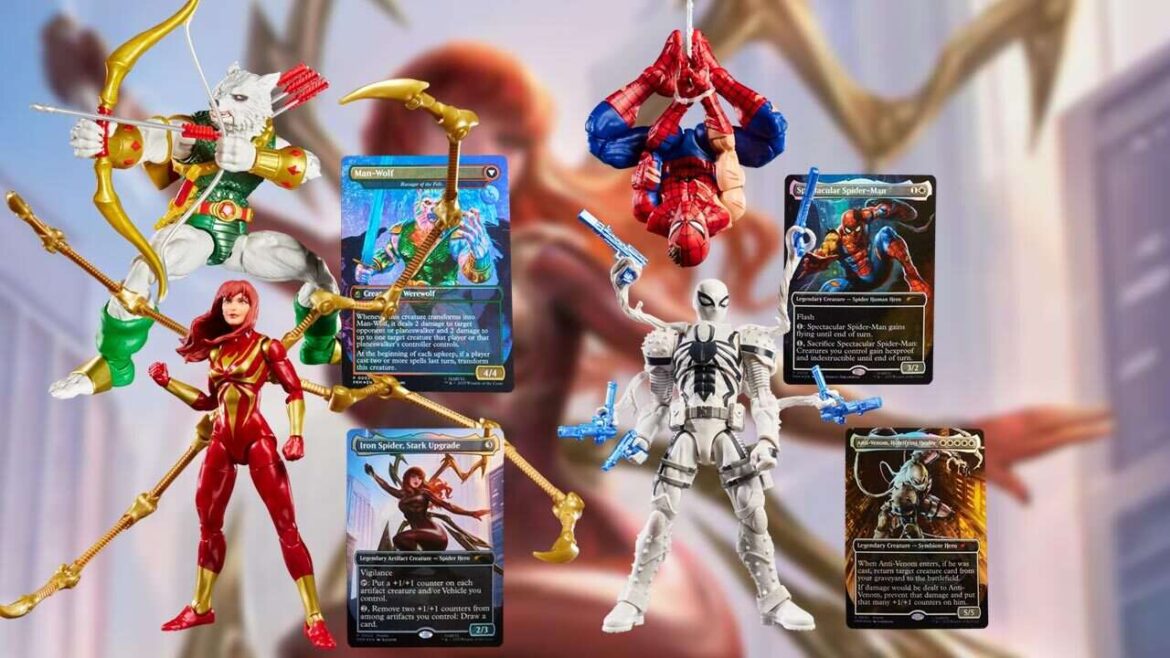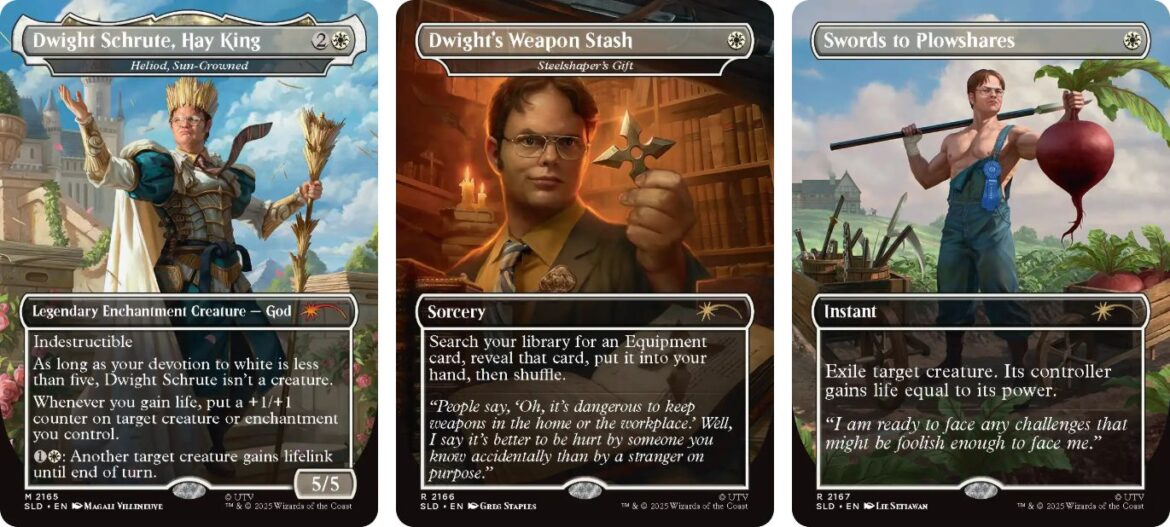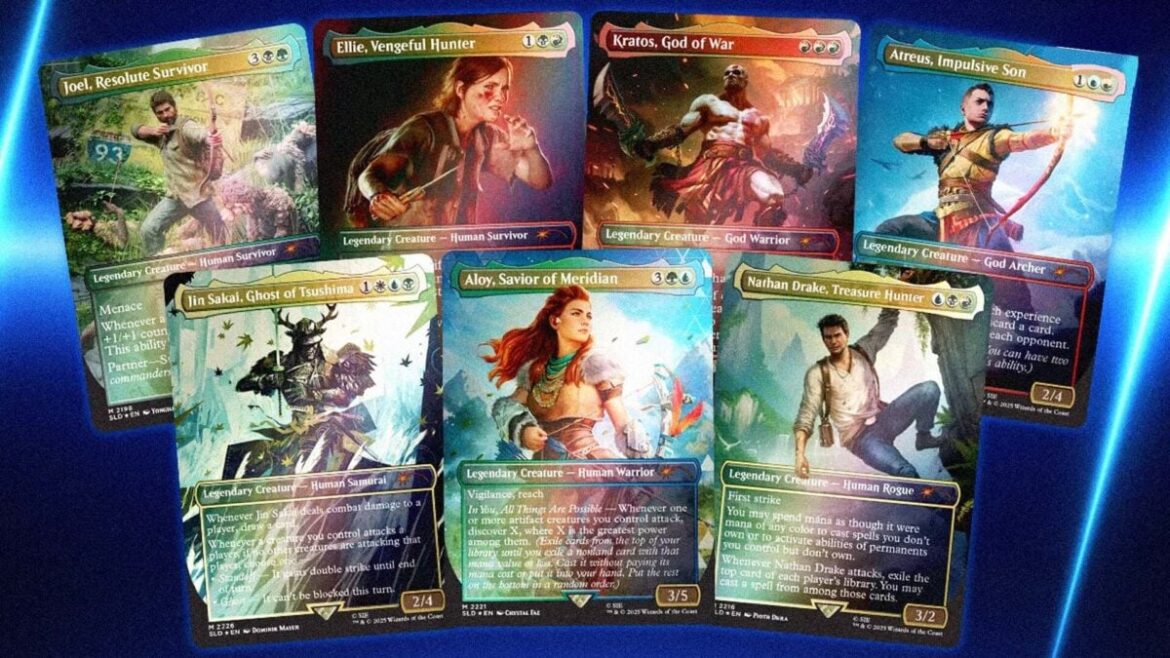The sheer madness of Pokémon card prices not only continues on with the latest Mega Evolution set, but gets even more ludicrous. A year back, when putting together these galleries of the highest-priced cards in a set, the bottom end of the top 10 would generally be around $10, with a peak at around $100. For Mega Evolution, our number 10 card is currently selling for over $50, and your eyes will be watering by the end.
Mega Evolution is certainly a great set. It has some of the best pull-rates we’ve seen in a long while, even if it also has two cards that are close to impossible to find. There’s some absolutely wonderful art, with Illustration Rares as intricately detailed as previous sets’ Special Illustration Rares, and a new Gardevoir that’ll be loved for decades to come. It also throws a splendid bomb into the middle of the live game’s meta, with the Mega Evolution abilities destined to mix everything up.
But, we remain in the same situation when it comes to availability. From our own experience, it’s just impossible to find anything released in 2025 anywhere. It certainly doesn’t help that Mega Evolution has its own specific production issues, such that it’s only releasing worldwide tomorrow, October 10, two weeks after the U.S. release. That means populations for cards are a lot lower, and these prices might come down a little. Or it could go entirely the other way, given that reputable European resale markets haven’t allowed Mega Evolution cards to be exchanged ahead of tomorrow, meaning that when more people can finally buy them, the demand will fly up even higher.
Either way, here are the ten most expensive cards in the set at prices that will absolutely horrify you…unless you’ve pulled one of them. At what point does it become somewhat ethically questionable to hold on to a piece of colorful cardboard that could otherwise pay your rent that month? Still not figured that one out, as I look at my Gardevoir Mega Evolution SIR, unable to work out whether to file it in my Gardevoir section of the binder, or upload it to CardMarket.

